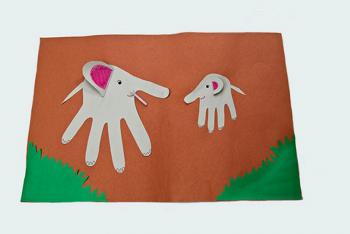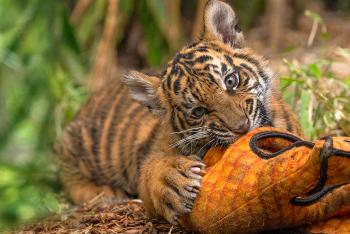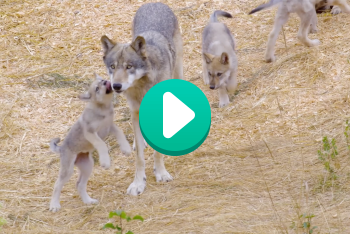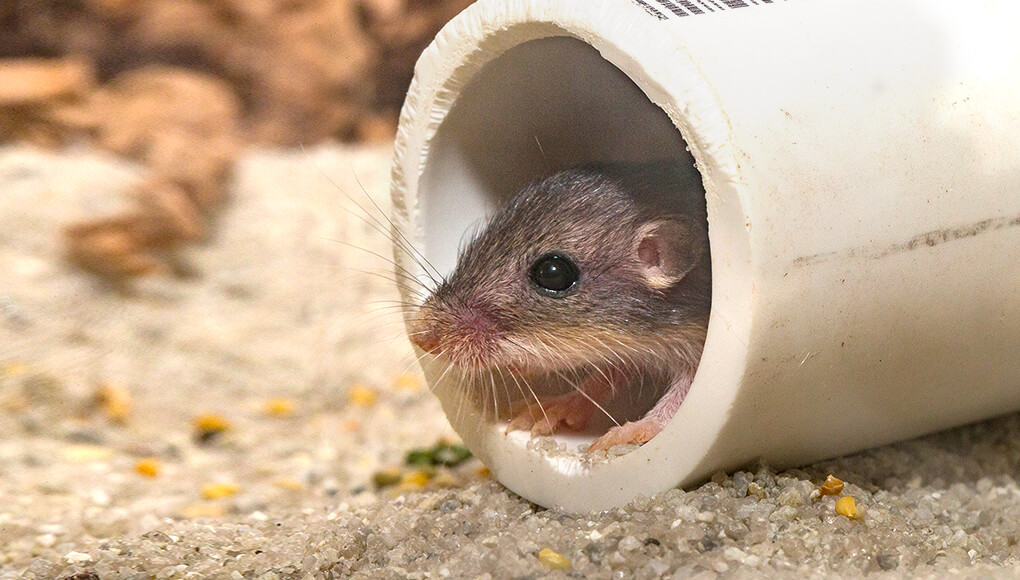
Help for Pacific Pocket Mice
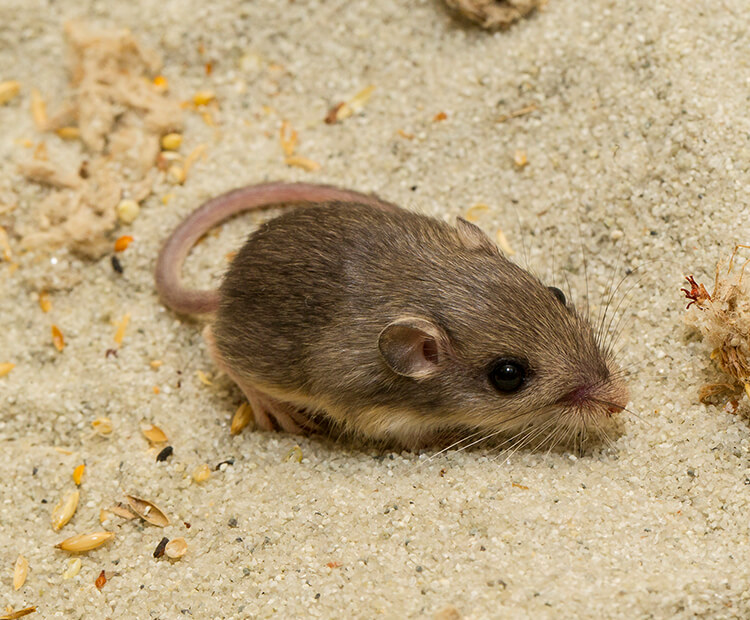
Sometimes a very small species may need a very big helping hand to survive. Everyone thought the smallest mouse species in North America, the Pacific pocket mouse, was extinct—until three small groups of them were found in Southern California in 1993.
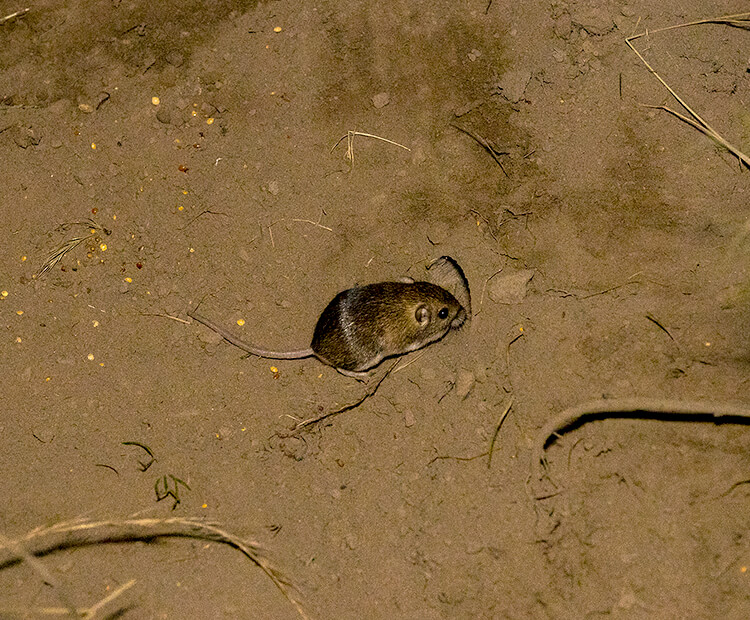
Small, but important
This tiny mouse, which weighs about as much as three pennies (6 to 7 grams—less than a quarter of an ounce), is important to its environment, because it scatters native plant seeds throughout its habitat. It also digs burrows in the ground that bring more water and nutrients to the soil, to help these plants grow. However, most of this species’ original habitat has disappeared over the past 50 years, as many California coastal areas that were once open land have become densely developed.
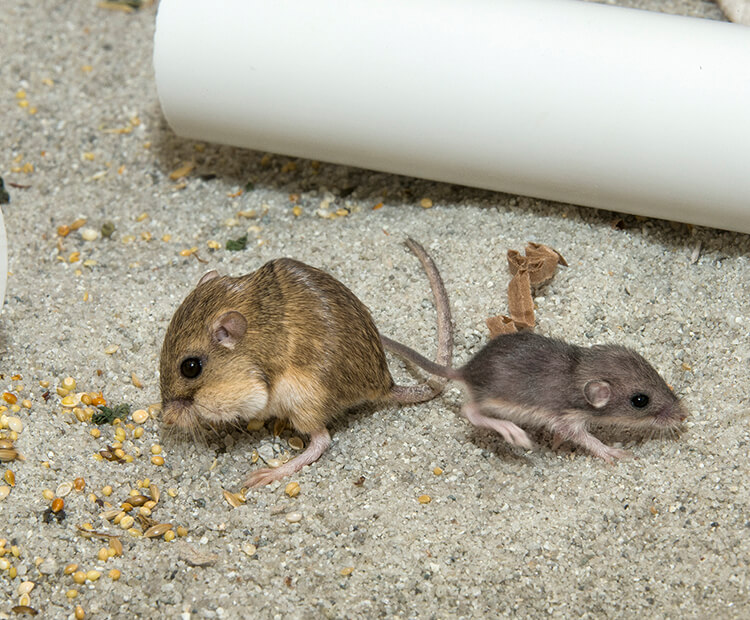
Moving experience
San Diego Zoo Wildlife Alliance scientists, working closely with government agencies, moved 34 of these tiny mice to a temporary home in an off-exhibit area at the San Diego Zoo Safari Park. Their plan was to help these mice increase their population, raise many new youngsters, and then prepare them for release into a new habitat at Laguna Coast Wilderness Park.
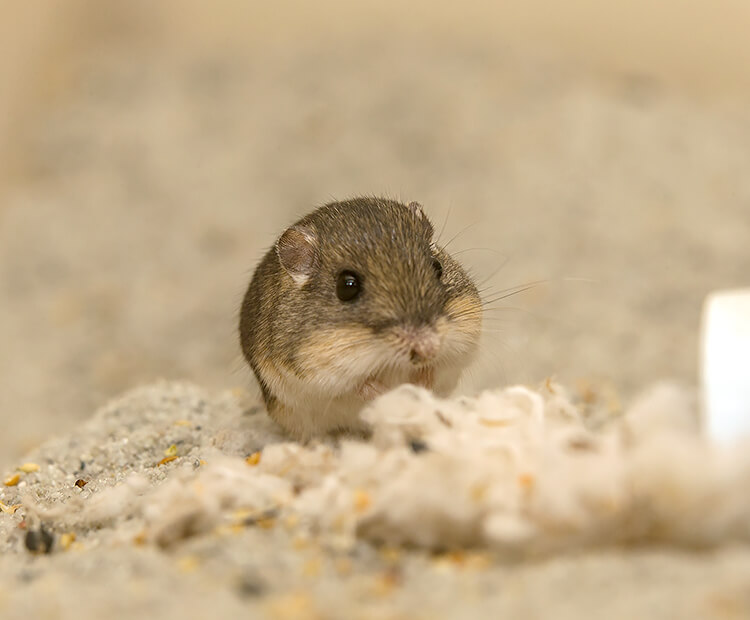
Preparing for the coast
The Pacific pocket mice's temporary home at the Safari Park was equipped with skylights and temperature controls to simulate the conditions they would experience along the Orange County, California coast. At the Park facility, the mice also learned to recognize food items and avoid predators they might encounter in their next home.

A new home
Four years later, in 2016, 50 Pacific pocket mice raised at the Safari Park were released into a protected area at Laguna Coast Wilderness Park, and 49 more were released in 2017. Researchers have followed the progress of this group of mice carefully, tracked their overall health in their new surroundings, and watched as a new group of youngsters was born in their wilderness park habitat. That group of young mice soon grew up, and they gave birth to youngsters of their own.
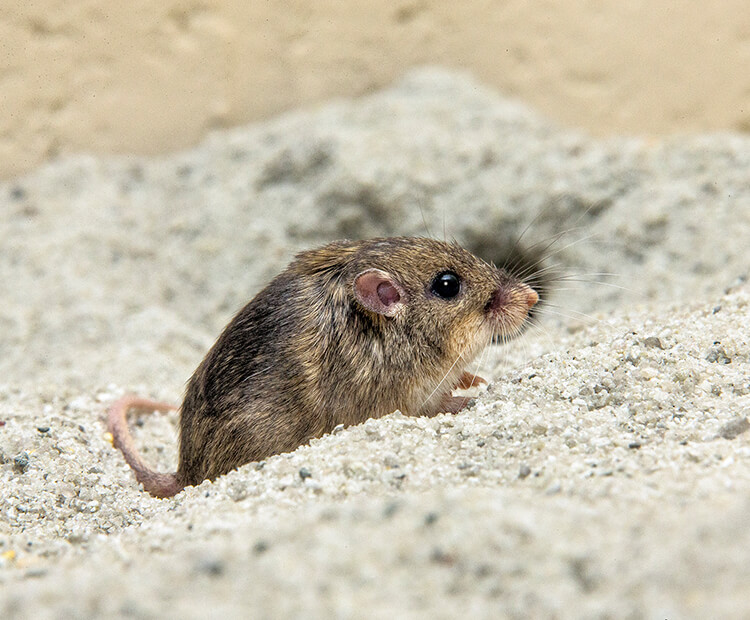
Beyond the fence
The next stage of the Pacific pocket mouse project will be to help the mice expand their territory beyond the current fenced area inside the wilderness park, and to help firmly establish a new, wild population. If all goes well, these big efforts will help this little mouse thrive again on the Southern California coast.

